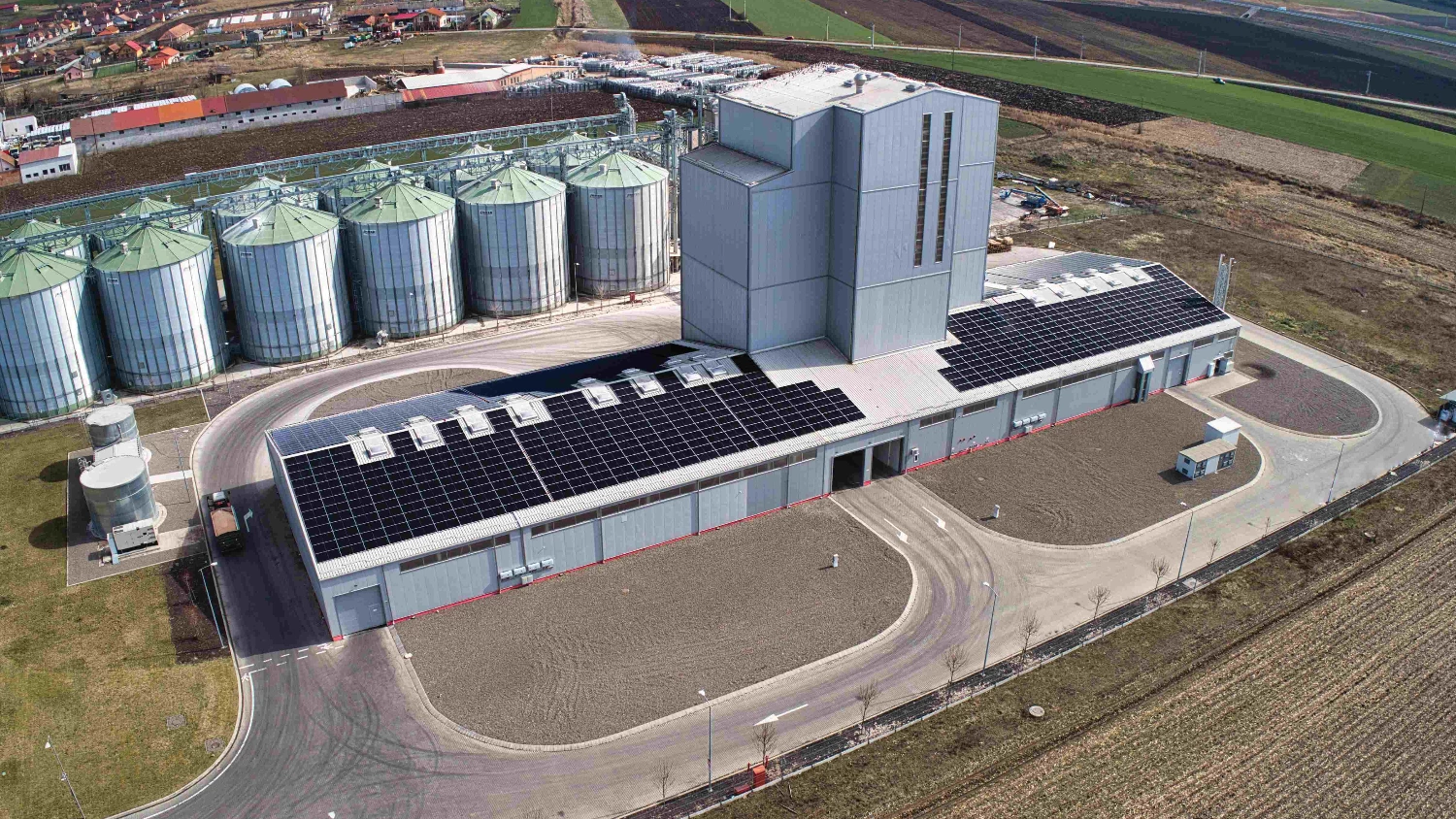Europe's share of the global market for critical technologies is alarmingly low. Without rapid action, European countries risk losing jobs and innovation capacity. However, with the right measures, Europe's economic potential can be quickly unlocked.
Proposed actions include:
- Targeted investment in Europe's areas of strength: Europe must defend and strengthen its leadership in technologies such as quantum and climate technology. In areas where Europe lags behind, the focus should shift from innovation to technology adoption.
- Private sector "lighthouse initiatives": Industrial artificial intelligence solutions and quantum technology centers can act as drivers that attract investment and accelerate innovation.
- Broad public initiatives: Ten priority projects, such as an EU-wide digital licensing system, could reduce market fragmentation and support investment.
A wake-up call for Europe
Europe has long lagged behind the US and China in technological development. Between 2015 and 2022, European companies invested €700 billion less in technology than US competitors.
This gap creates strategic dependencies for Europe, which stands to lose between €2 trillion and €4 trillion a year, an amount that exceeds the EU's total annual funding needs for climate, defense and healthcare combined.
As Europe charts a course to increase its economic and technological competitiveness, a consensus is also emerging on the actions needed for change. Concrete proposals have already been put forward by Mario Draghi (Prime Minister of Italy 2021-2022), Enrico Letta (Prime Minister of Italy 2013-2014), McKinsey Global Institute and others. However, the real impact has not materialized yet.
The McKinsey report provides a strategic framework for action and proposes initiatives for the private sector as well as ten major projects for the public sector, aligned with six priority areas for innovation and investment.










